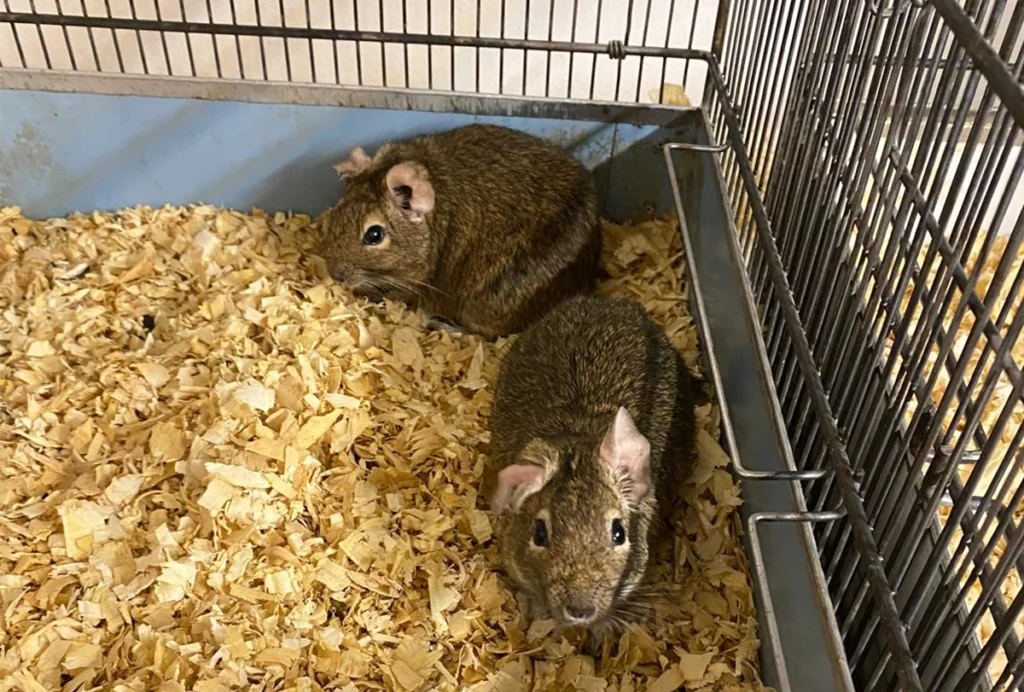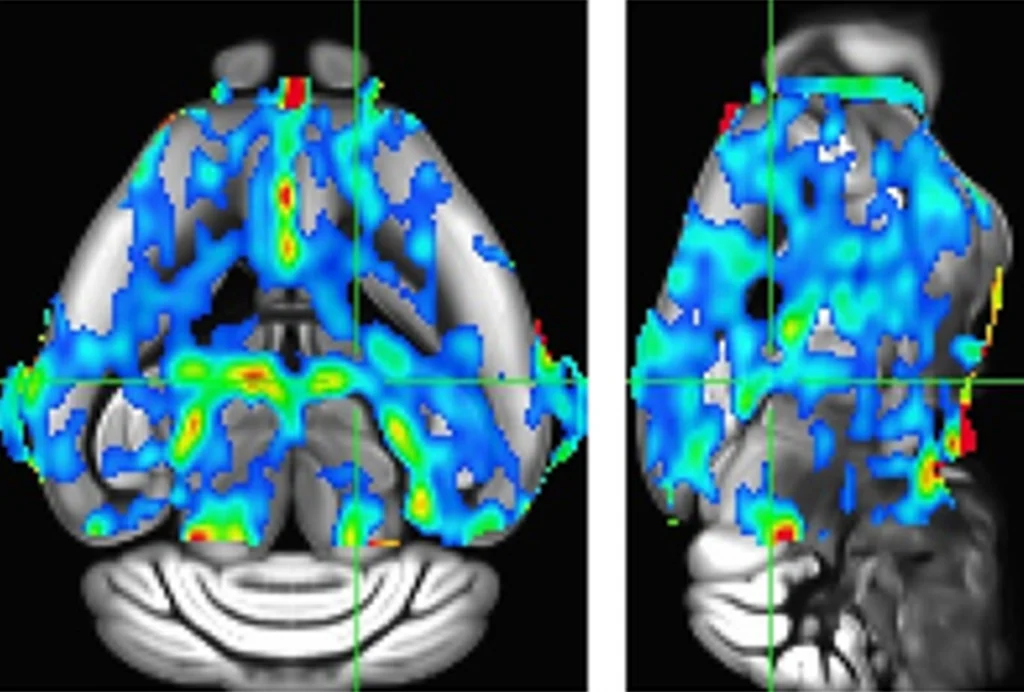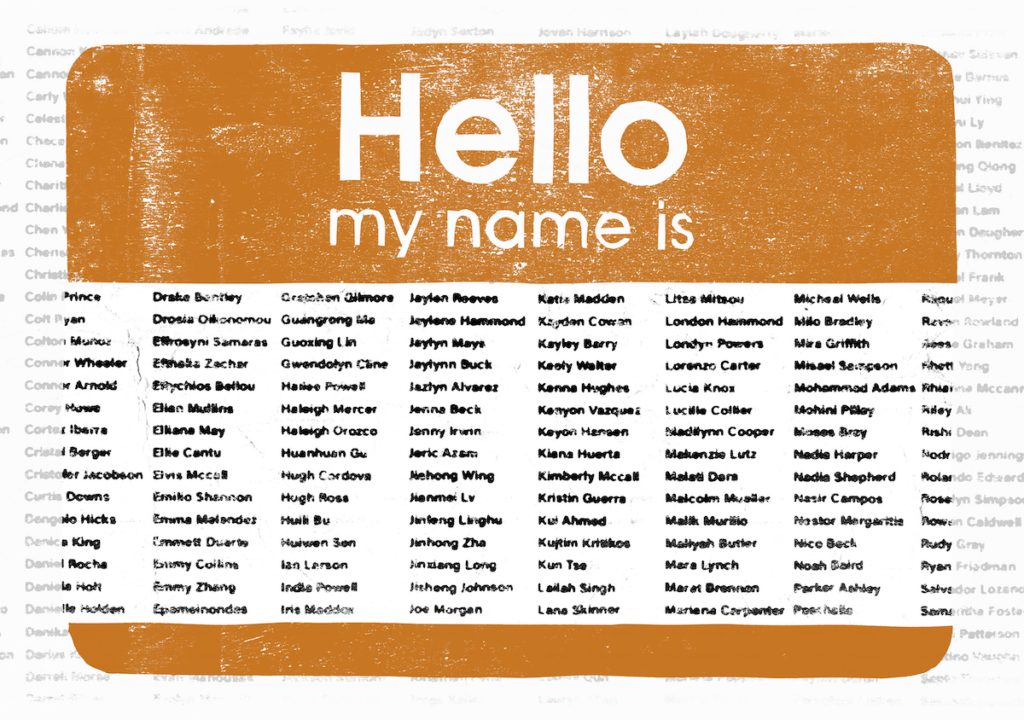The year of living differently
Itʼs almost the end of 2007 and sure enough, the journals are out with their year-end issues. Scienceʼs pick for Breakthrough of the Year is human genetic variation ― in essence, small genetic differences that distinguish you, me and the weirdo neighbors next door.

7f5c0182-3745-2aa4-e5b9-67476b85d14c.jpg
It’s almost the end of 2007 and sure enough, the journals are out with their year-end issues. Science‘s pick for Breakthrough of the Year is human genetic variation ― in essence, small genetic differences that distinguish you, me and the weirdo neighbors next door. Both Nature and Science mentioned the sequencing of personal genomes (accompanied in James Watson’s case by speculation about his racial ancestry) and genome-wide association studies that identified risk genes for diseases such as diabetes, bipolar disorder and Crohn’s disease. Nature Methods, one of the Nature family of journals, chose next-generation sequencing, which has drastically cut sequencing costs and allowed these differences to be found, as its Method of the Year.
But what really caught my eye is the special mention Science made of copy number variants, which refers to variations in the number of copies ― as opposed to variations in the sequence itself, which has been the main focus of most studies ― of a particular genetic sequence.
There is some evidence that copy number variants may be important in autism. As support for its pick, Science cites one study, which compared the DNA of children with and without autism and suggested that de novo copy number variations ― in other words, those that were not inherited from healthy parents ― might be linked to autism risk.
There are several efforts under way to explore this further. For example, the foundation has launched the Simons Simplex Collection, a massive effort to collect samples from children with autism and their unaffected families, which may help pinpoint de novo mutations and copy number variations in children with autism.
On a related note, Science also highlighted the methods by which scientists can map the complex connections between neurons and understand how the breakdown of those connections might lead to neurological diseases. One method the journal cited is diffusion tensor imaging, the method used in the gray matter study we wrote about this week. But perhaps the most dramatic method is the one that used the dramatic ‘Brainbow’ dye to paint neurons in a 100 spectacular colors.
Explore more from The Transmitter

How inbreeding almost tanked an up-and-coming model of Alzheimer’s disease

